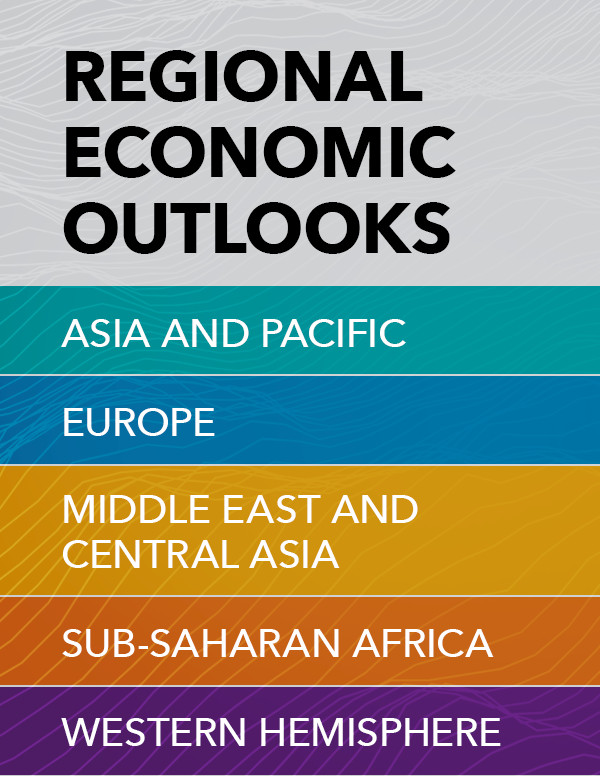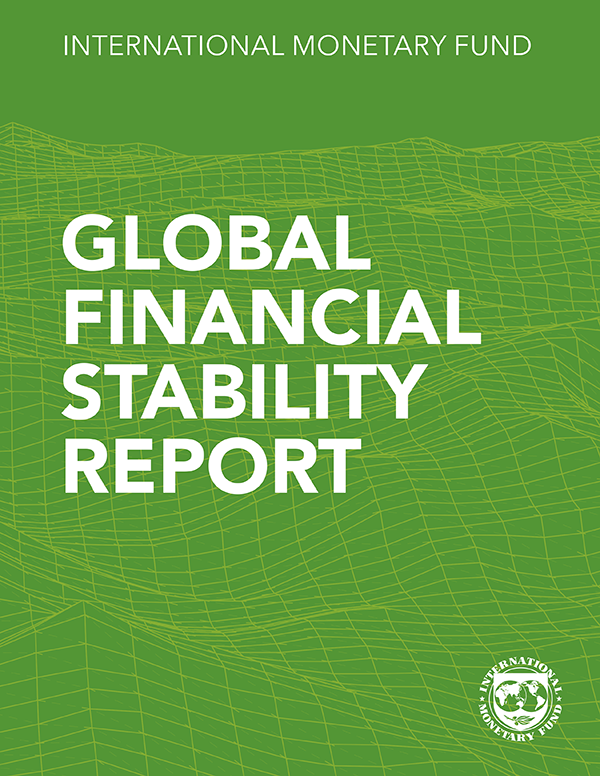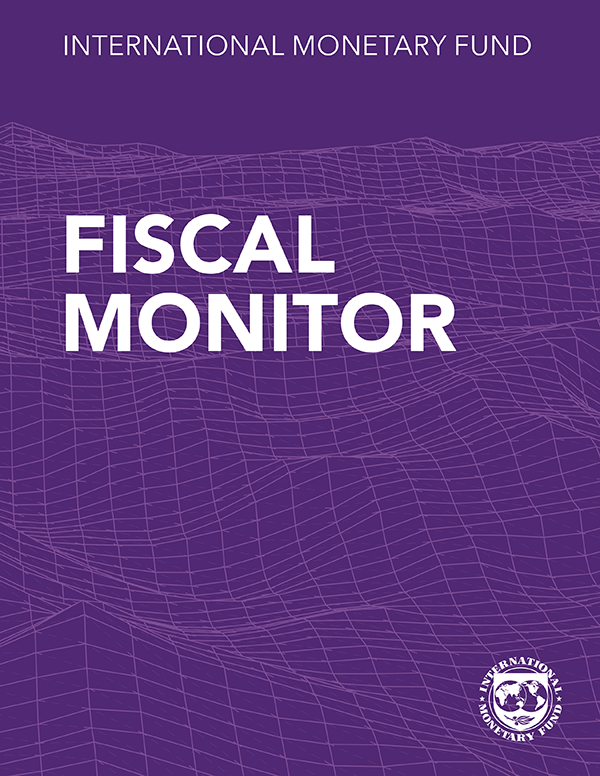Charting a Path through the Haze
Growth is projected to rise in the Middle East and North Africa in 2025 and 2026, but at a slower pace than anticipated in the October 2024 REO. Across the region, rising trade tensions and policy uncertainty are adding to the impact of conflicts and extended oil production cuts to weaken growth prospects.
In the Caucasus and Central Asia, growth has been robust but is set to moderate to a more sustainable pace. Policymakers must adapt to the new environment, prioritizing macroeconomic stability and accelerating structural reforms to seize global opportunities.
Chapter 1: Regional Developments and Economic Outlook: Charting a Path through the Haze
We expect growth to strengthen in 2025 and 2026 in the Middle East and North Africa, but at a slower pace than anticipated in October. In the Caucasus and Central Asia, growth has been robust but is expected to moderate to a more sustainable pace. Rising trade tensions and exceptional global policy uncertainty are adding to the impact of conflicts and extended oil production cuts to weaken growth prospects in both regions. The outlook is subject to significant uncertainty and downside risks. Policymakers must adapt to this new environment by prioritizing macroeconomic stability and accelerating structural reforms to seize global opportunities.
Chapter 2: Riding the Waves: Building Resilience in an Era of High Uncertainty
Global uncertainty—related to the frequency of shocks and policy volatility—has risen significantly over recent decades, surging this year. This chapter presents the first empirical analysis of the drivers and economic effects of uncertainty in the MENA and CCA regions. Global and regional factors account for much of the variation in uncertainty, particularly in the CCA region and Gulf Cooperation Council countries. Country-specific factors (related to conflicts, political instability, climate shocks, and disease outbreaks) also contribute to uncertainty. The findings indicate that a persistent spike in global uncertainty can have large negative effects on real output, with losses of 2.5 percent after two years. The economic impacts of uncertainty are more pronounced in the MENA and CCA regions than elsewhere, partly reflecting greater vulnerabilities like higher public debt and weaker institutions. The results highlight the need for strengthening policy buffers and implementing structural reforms to enhance economic resilience and mitigate the effects of uncertainty.
Publications

-
September 2025
Finance & Development
- Stablecoins and the Future of Finance

-
July 2025
- Global Imbalances in a Shifting World

-
Regional Economic Outlooks
- Latest Issues













